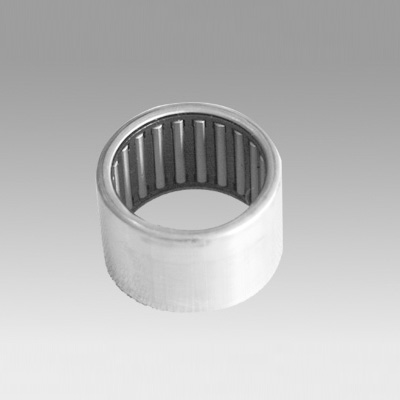
Dec . 16, 2024 05:42 Back to list
angular contact ball bearing drawing
Understanding Angular Contact Ball Bearings Design and Application
Angular contact ball bearings are a specialized type of rolling-element bearing that are designed to handle both axial and radial loads. These bearings have a unique design featuring balls that are arranged at a certain angle relative to the axis of rotation. This specific arrangement allows them to accommodate loads in both directions and makes them an essential component in various high-performance applications.
Design Features
The hallmark of angular contact ball bearings lies in their construction. Unlike deep groove ball bearings, where the balls are positioned in a way that allows for primarily radial load absorption, angular contact bearings are designed with a raceway that is inclined at a certain angle to the axis of rotation. This angled raceway enables the bearing to effectively support combined loads, making them ideal for applications requiring high precision under varying load conditions.
Typically, these bearings come in various configurations, with the most common being single-row and double-row designs. Single-row angular contact ball bearings feature one row of balls and are suitable for applications where axial load is limited. In contrast, double-row designs can accommodate greater loads and offer enhanced stability and rigidity, making them well-suited for heavy machinery and tooling equipment.
The contact angle, which is the angle formed between the line of action of the load and a line drawn perpendicular to the bearing axis, plays a crucial role in determining the bearing's performance characteristics. Common contact angles range from 15 degrees to 40 degrees, with a larger angle providing better axial load handling capabilities at the expense of lower radial load capacity.
Applications of Angular Contact Ball Bearings
Given their robust design, angular contact ball bearings are widely used across various industries. Their applications range from aerospace and automotive to robotics and manufacturing.
1. Aerospace In aerospace applications, where reliability and precision are paramount, angular contact ball bearings are employed in engines and flight control systems. Their ability to withstand high speeds and varying loads makes them essential for aircraft components, where safety and performance are critical.
angular contact ball bearing drawing

2. Automotive The automotive industry utilizes angular contact ball bearings in wheel hubs, transmission systems, and steering mechanisms. These components require precise alignment and the ability to handle both radial and axial forces, which makes angular contact bearings the ideal choice.
3. Robotics In robotics, where agility and accuracy are vital, angular contact bearings are used in robotic arms and joints. Their ability to maintain high precision under dynamic loads contributes to the seamless operation of robotic systems.
4. Industrial Machinery Many manufacturing processes involve machinery that experiences high levels of stress and variable loads. Angular contact ball bearings provide the necessary support in spindles, conveyor systems, and other critical machinery components, ensuring optimal performance and longevity.
Advantages of Angular Contact Ball Bearings
One of the key advantages of angular contact ball bearings is their ability to handle combined loads more effectively than traditional bearings. Their design allows for higher operational speeds and better load distribution, resulting in reduced wear and extended service life. Furthermore, the ability to adjust the contact angle during installation can optimize performance for specific applications.
Additionally, angular contact bearings often come with options for sealing and shielding, offering protection against contaminants and prolonging their operational life even in harsh environments.
Conclusion
Angular contact ball bearings are a vital component in modern engineering and manufacturing, providing the necessary support for a wide array of applications. Their unique design allows for effective handling of both axial and radial loads, making them indispensable in high-performance environments such as aerospace, automotive, robotics, and industrial machinery. Understanding the intricacies of these bearings, from their design features to their applications, is essential for engineers and manufacturers aiming to optimize their systems for efficiency and reliability. Their continued evolution and incorporation of advanced materials promise even greater performance attributes in the future, ensuring that angular contact ball bearings will remain a cornerstone of mechanical design and engineering.
Latest news
-
Premium Deep Groove Ball Bearings | High Speed & Reliability
NewsAug.29,2025
-
Durable Scaffolding Clamps - Secure & Reliable Tube Connectors
NewsAug.28,2025
-
Common Failures in Thrust Ball Bearings and Solutions
NewsAug.22,2025
-
How Tapered Roller Bearings Can Take Shock Loads
NewsAug.22,2025
-
Angular Bearings in High-Precision Spindles
NewsAug.22,2025
-
The Impact of Misalignment on Cylindrical Roller Bearing Performance
NewsAug.22,2025
